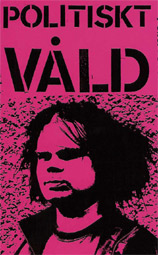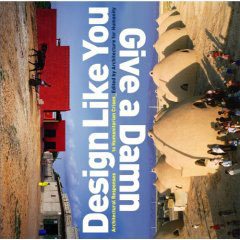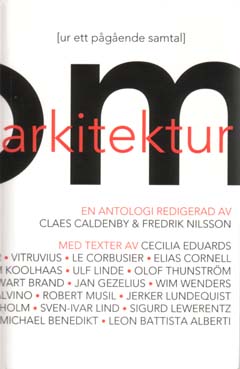Jättegrönt?
 The Lighthouse i Dubai. "Low Carbon commercial tower". Skyskrapa med mindre ekologiskt fotavtryck, Atkins som gör Dubaiskrapor på löpande band, har tagit fram en konceptdesign:
The Lighthouse i Dubai. "Low Carbon commercial tower". Skyskrapa med mindre ekologiskt fotavtryck, Atkins som gör Dubaiskrapor på löpande band, har tagit fram en konceptdesign:
Den 400 meter och 66 våningar höga skyskrapan är tänkt att krönas av tre stycken vindturbiner med 25 meters diameter.
"In setting a new benchmark for Dubai, the 400-metre luxury office tower aspires to be a low carbon commercial building which aims to reduce its total energy consumption by up to 65% and water consumption by up to 40%. This will be achieved through the use of passive solar architecture, many low energy, low water engineering solutions, recovery strategies for both energy and water and building integrated renewables – including large scale wind turbines and photovoltaics.Mycket holabalo om ekologiskt hållbara skyskrapor nu. Ofta består det ekologiska just i några vindturbiner på toppen och solceller, medan tornet som helhet fortfarande har ett omfattande ekologiskt fotavtryck. Som BLDGBLOG invänder:
During the development of the design Atkins will map and manage the embodied energy content of the building and select materials from sustainable sources, so that impact on global resources is controlled. Already this is leading designers to consider a steel frame solution for this structure.
Additionally, features such as floorplates interconnected by micro-atria and the inclusion of inter connecting vertical gardens are being actively considered to enhance the social aspects of this building."
"A high-rise that off-sets some of its power use through the installation of rooftop wind turbines is great: it looks cool, magazine readers go crazy for it, and the building's future tenants save loads of money on electricity bills. But once you factor in these savings, something like the new Castle House eco-skyscraper still ends up being a net drain on the system.[Via Treehugger]
It's not good for the environment; it's just not as bad as it could have been. [...]
I remain radically unconvinced that a "green" skyscraper is better than no skyscraper at all – and yet green skyscraper enthusiasts are out high-fiving each other as if their own positive energy is enough to counteract carbon emissions from the global steel industry."
Tidigare på samma tema.
Etiketter: arkitektur, Dubai, miljö, utomlands










3 kommentarer:
En mer kompakt stad (med bl a skyskrapor) ger generellt färre transporter...
Henrik, Västsverige
Tät bebyggelse ÄR mer miljövänligt än utspridd sådan. Det är påvisat i ett flertal undersökningar.
När en skrapa väl är uppe så borde den ju knappast heller dra mer elektricitet än motsvarande golvyta utspritt på flera hus.
This is my architect site!
http://www.sebastianarenram.com
Sebastian Arenram
Skicka en kommentar
Hem